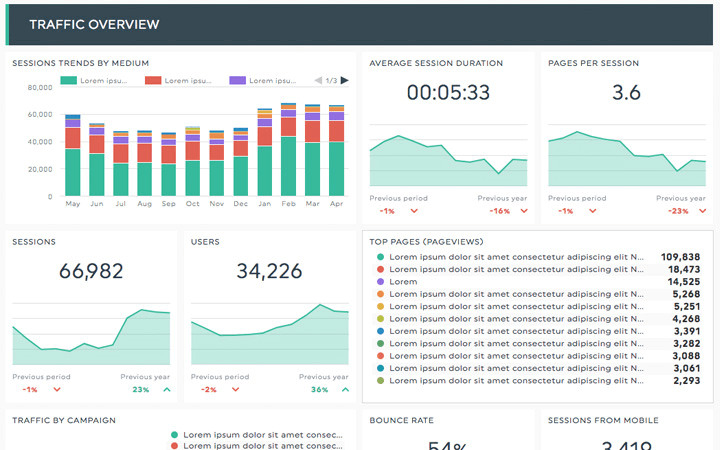What is a bounce rate?
The definition of bounce rate is the percentage of a web page's total visits, with the visitor leaving or clicking the back button without taking action, such as clicking on a call to action (CTA), visiting a second page, or filling out a form in a certain time period. There is an individual bounce rate per page and an overall bounce rate that serves as an average from the whole website.
It is not to be confused with the exit rate. Here's how to better understand the difference between the two:
- Bounce rate measures the number of website visitors who enter and exit without visiting any other page on the website.
- Exit rate measures the number of users who exit a website from a specific page, regardless of page views.
Both are good measures of engagement for a site’s content, and you want to keep them as low as possible. You read that right; achieving the highest bounce rate possible shouldn't be your goal.






